The adults emit a squeak when alarmed, made by expelling air through its proboscis (tongue), which has a structure that vibrates like the reed of a wind instrument. The species is nocturnal, only usually seen in light traps and sometimes in beehives in search of honey.
The caterpillars are also very large; in a good immigration year it can be seen in potato fields, pupating underground from August to October (although the moth is unable to survive winters in the UK).
Flight Season
Adults found in the UK are typically seen between August and October.
Size and Family
- Family: Hawk-moths (Sphingidae)
- Large Sized
- Wingspan Range - 80-120mm
Conservation Status
- UK BAP: Not listed
- Immigrant
Caterpillar Food Plants
Potato (Solanum tuberosum), Deadly Nightshade (Atropa belladonna) and other Solanacea.
Habitat
Most commonly found in allotments, gardens and (organic) potato fields.
Distribution
- Countries: Southern Europe
- Immigrant. Most years in south and east England, although has been spotted as far north as the Shetlands and as far west as the east of Ireland.
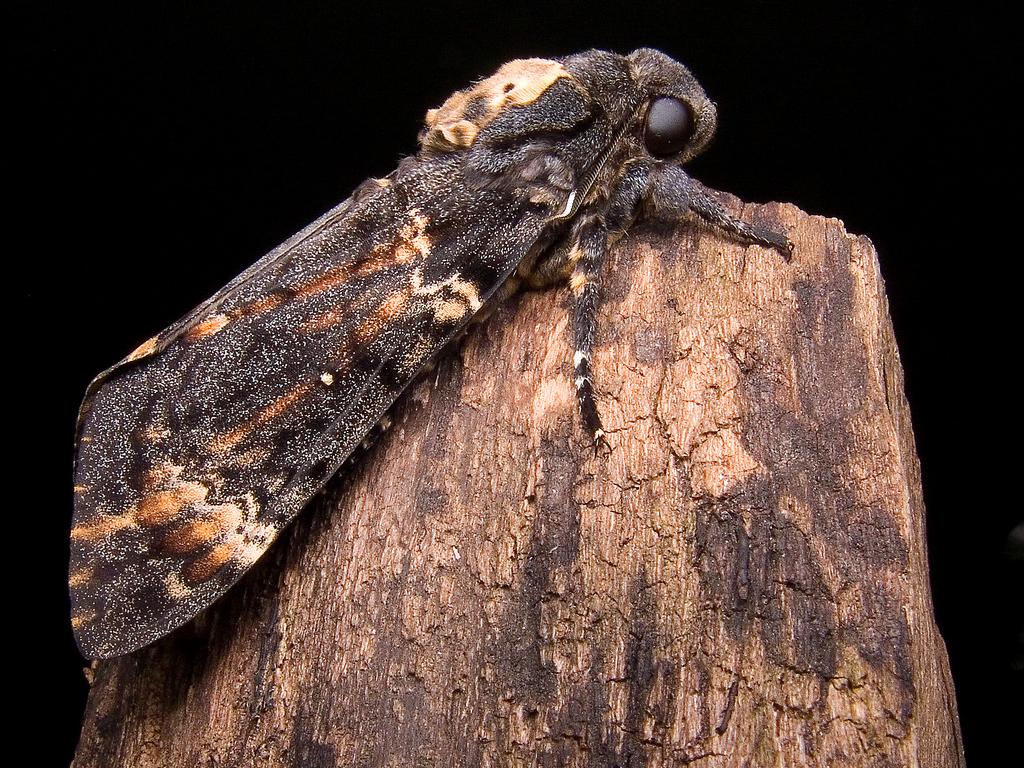
Death’s-head Hawk-moth - Adam Gor
Death’s-head Hawk-moth
Adam Gor
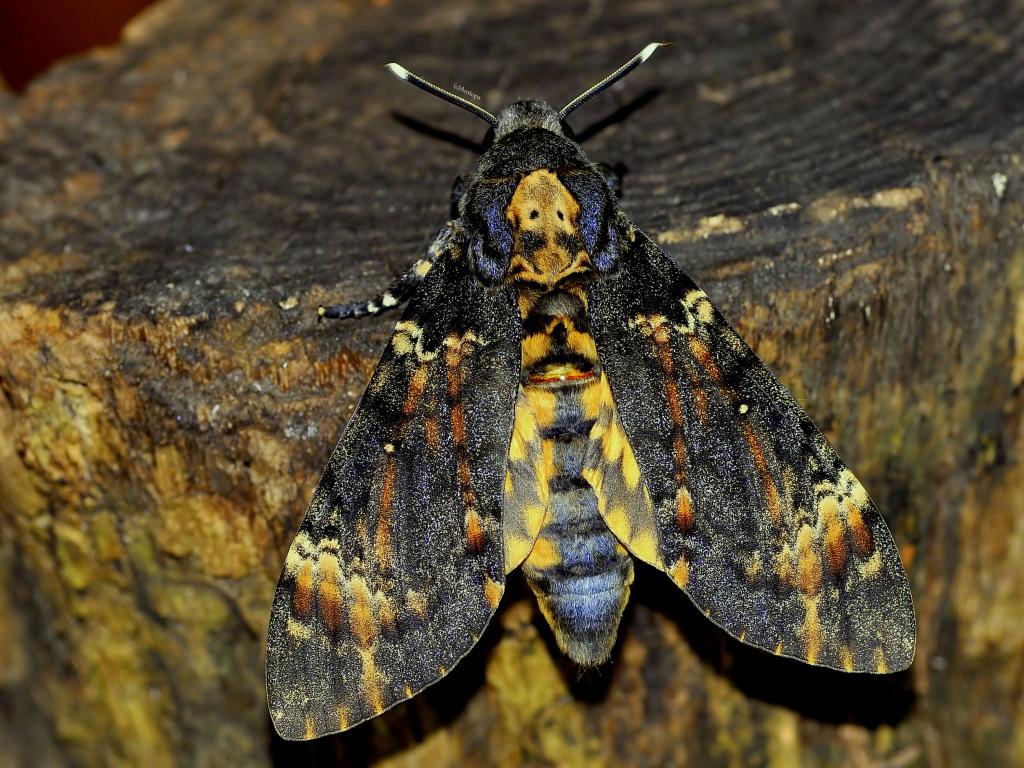
Deaths-head Hawk-moth - Ervin Szombathelyi
Deaths-head Hawk-moth
Ervin Szombathelyi
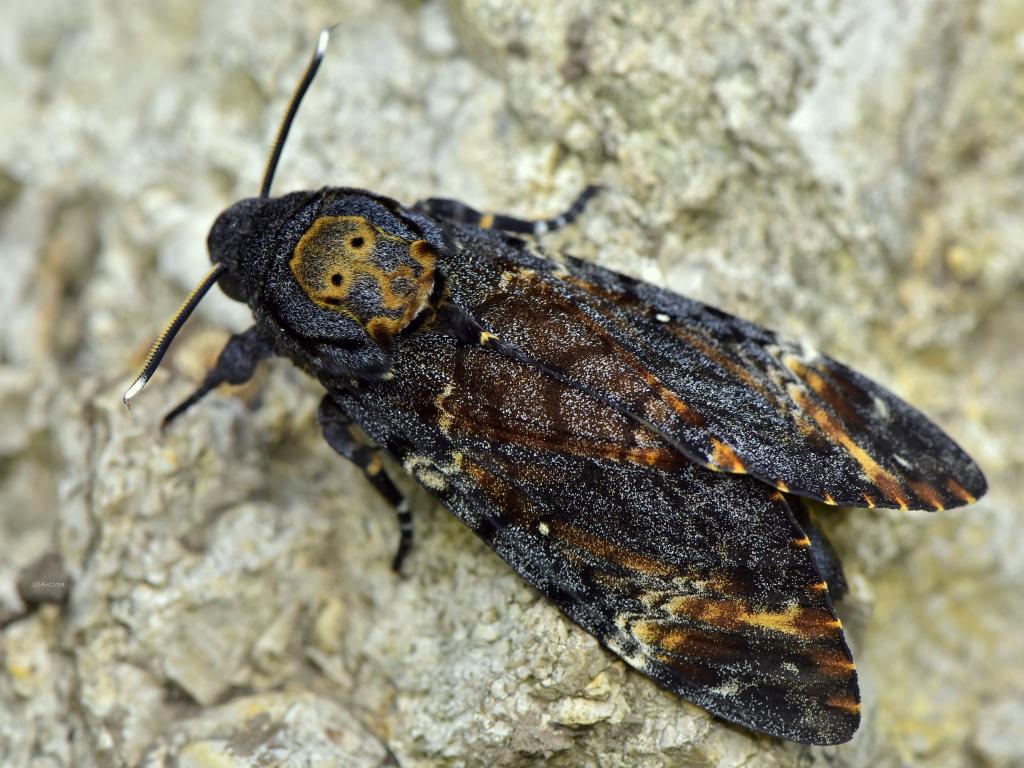
Deaths-head Hawk-moth - Ervin Szombathelyi
Deaths-head Hawk-moth
Ervin Szombathelyi
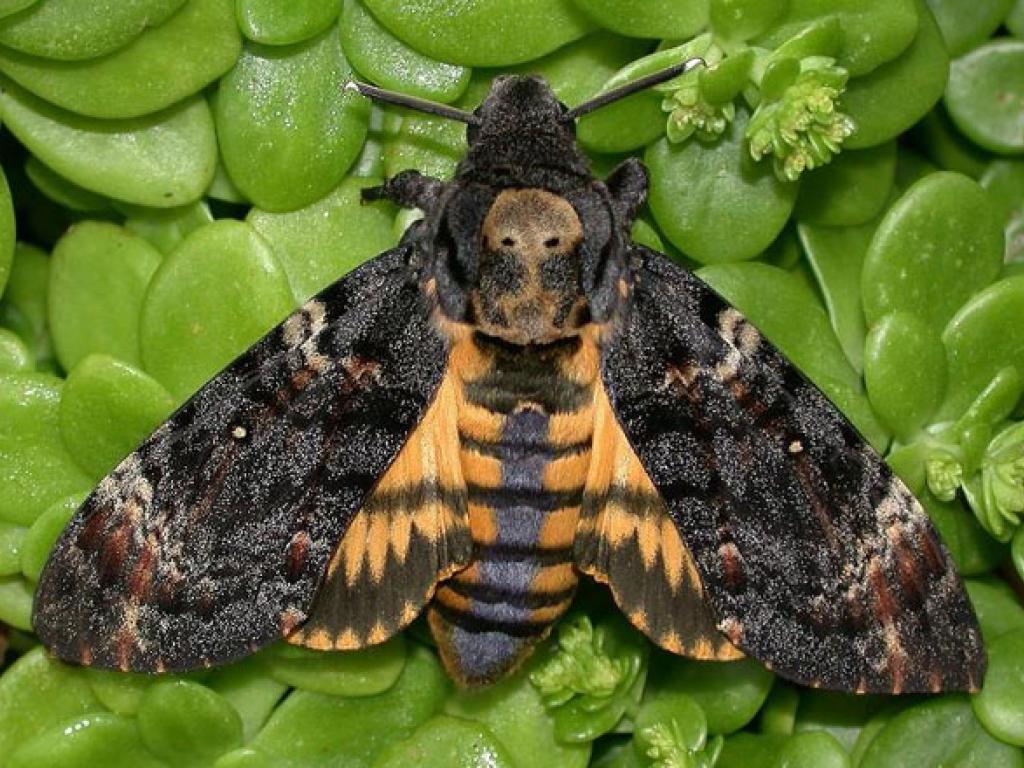
Death’s-head Hawk-moth
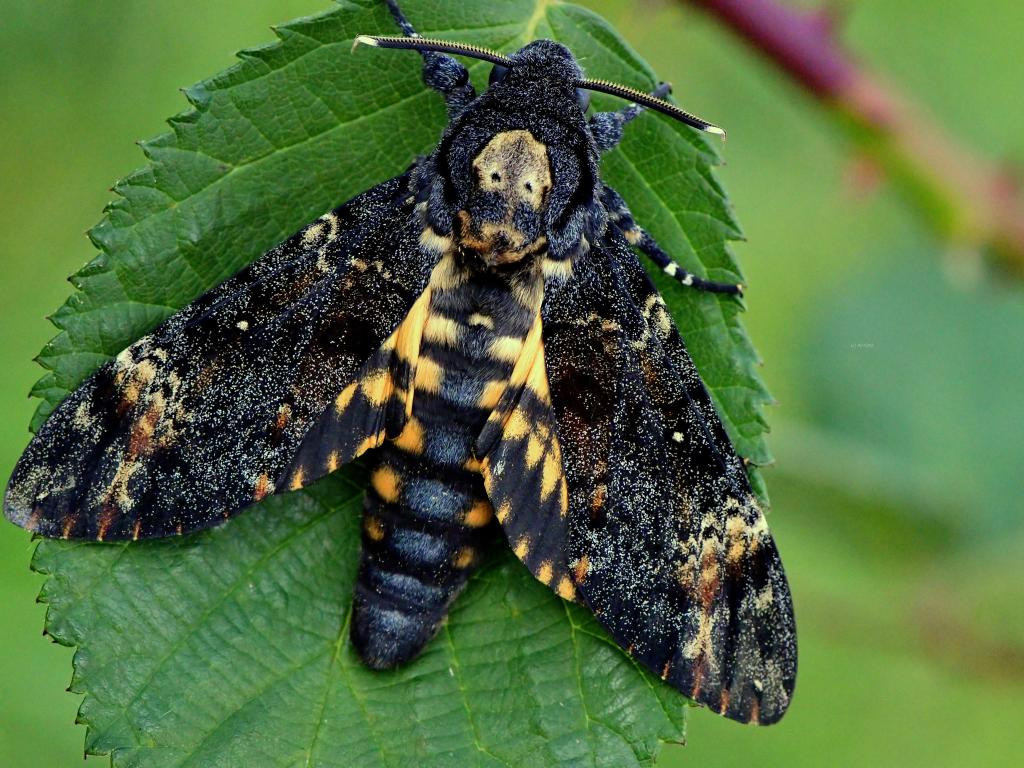
Death’s-head Hawk-moth - Ervin Szombathelyi
Death’s-head Hawk-moth
Ervin Szombathelyi
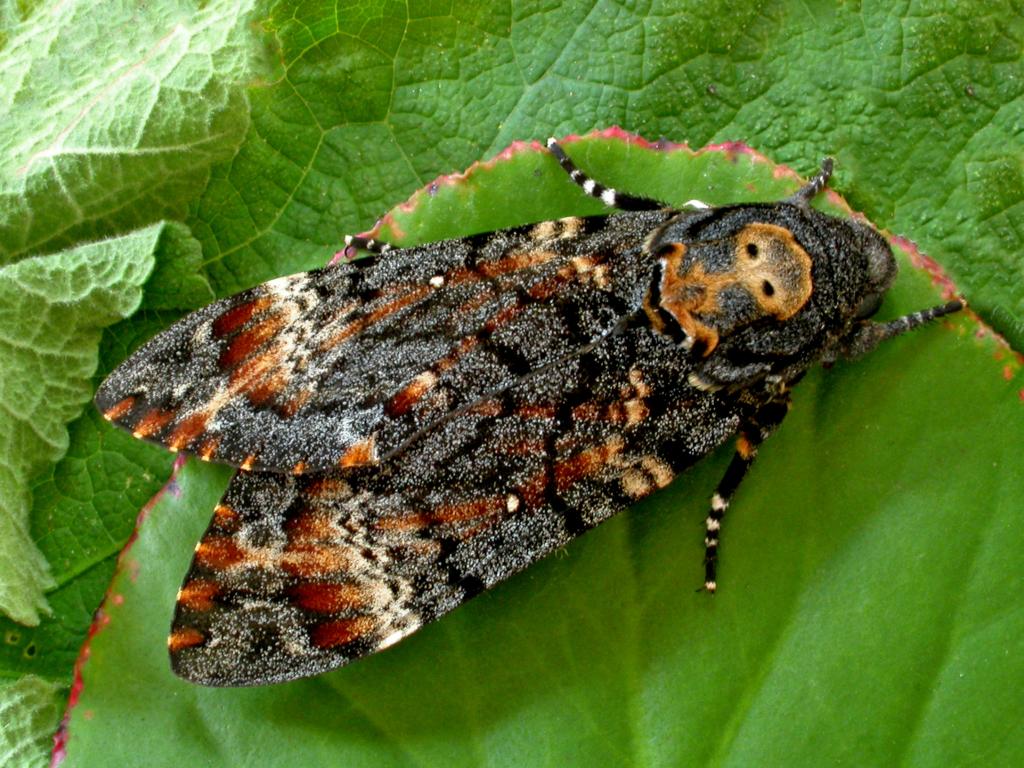
Deaths-head Hawk-moth - Peter Maton
Deaths-head Hawk-moth
Peter Maton
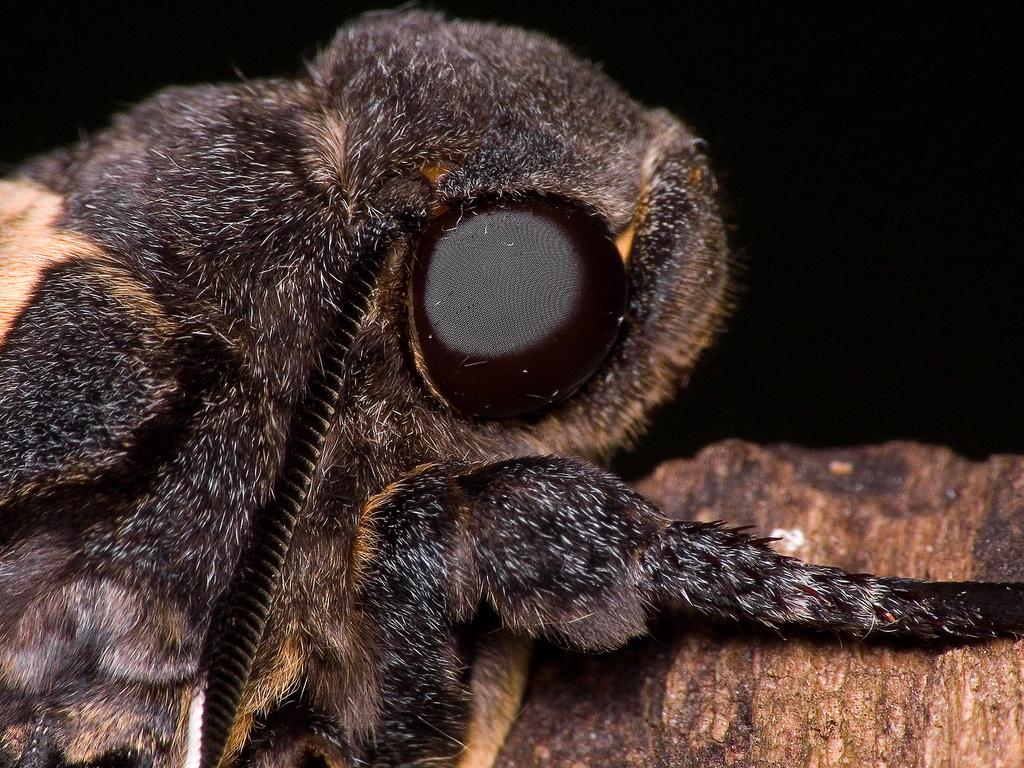
Death’s-head Hawk-moth - Adam Gor
Death’s-head Hawk-moth
Adam Gor
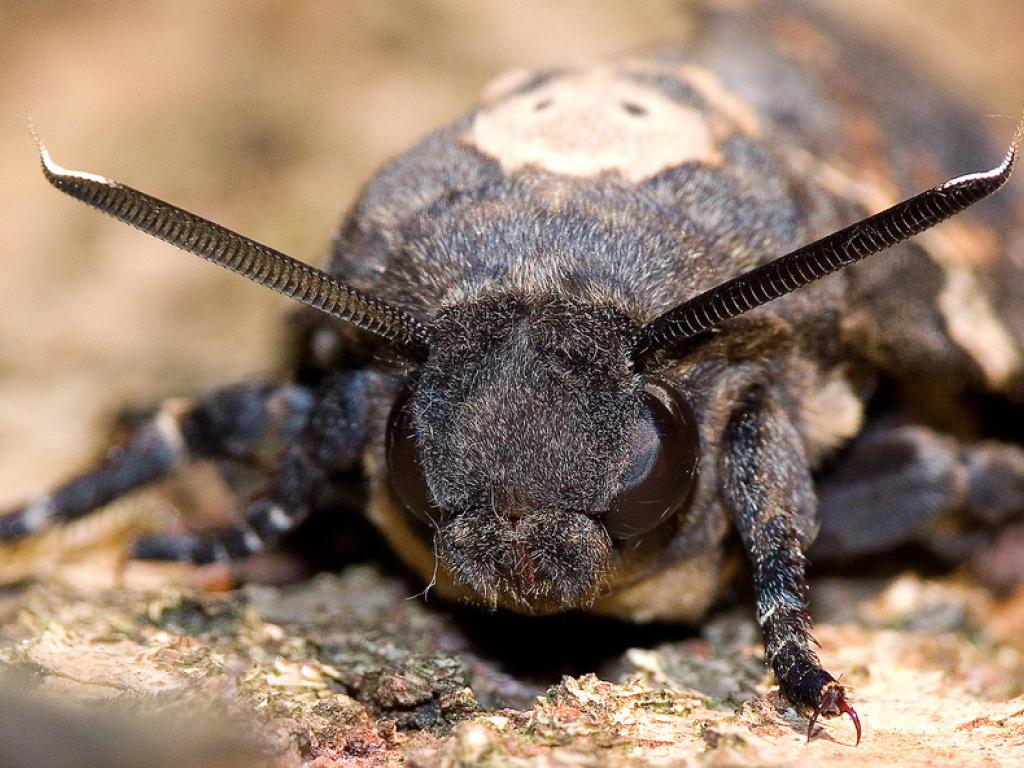
Death’s-head Hawk-moth - Adam Gor
Death’s-head Hawk-moth
Adam Gor
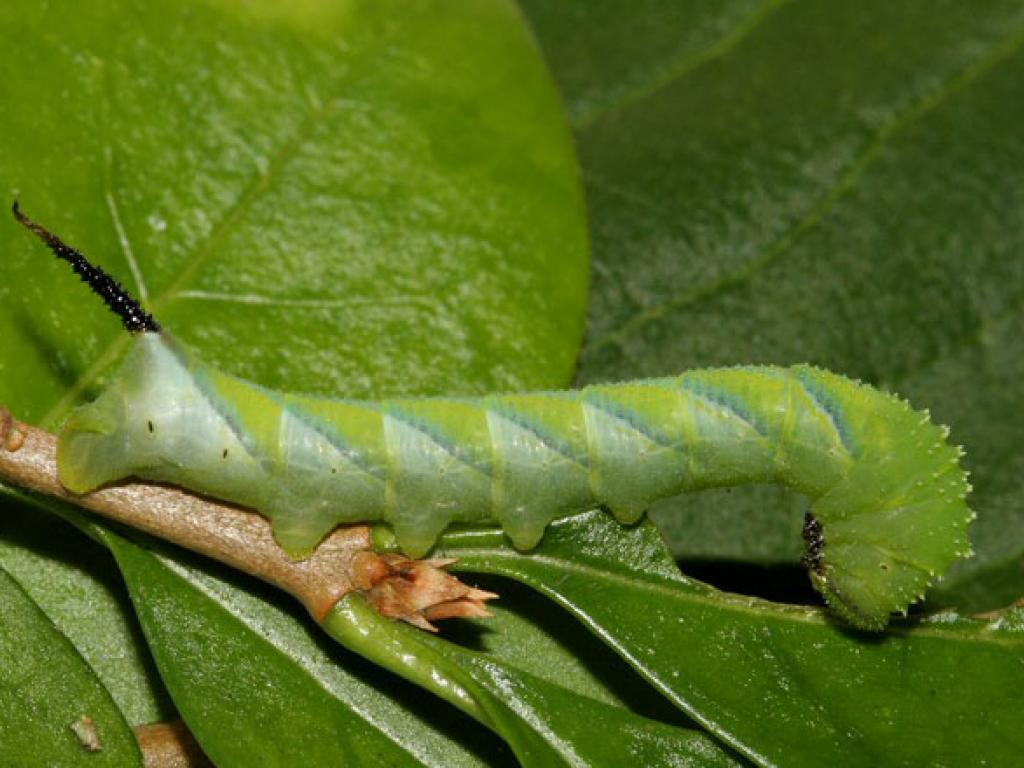
Death’s-head Hawk-moth
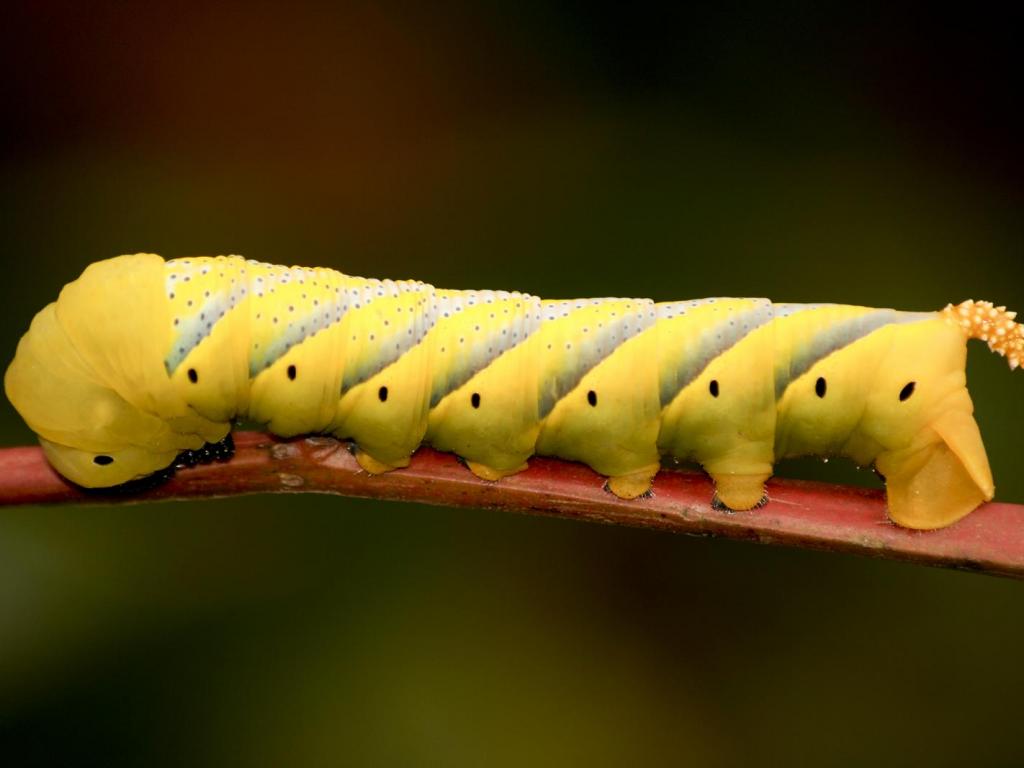
Death’s-head Hawk-moth (caterpillar) - Sam Whitfield
Death’s-head Hawk-moth (caterpillar)
Sam Whitfield
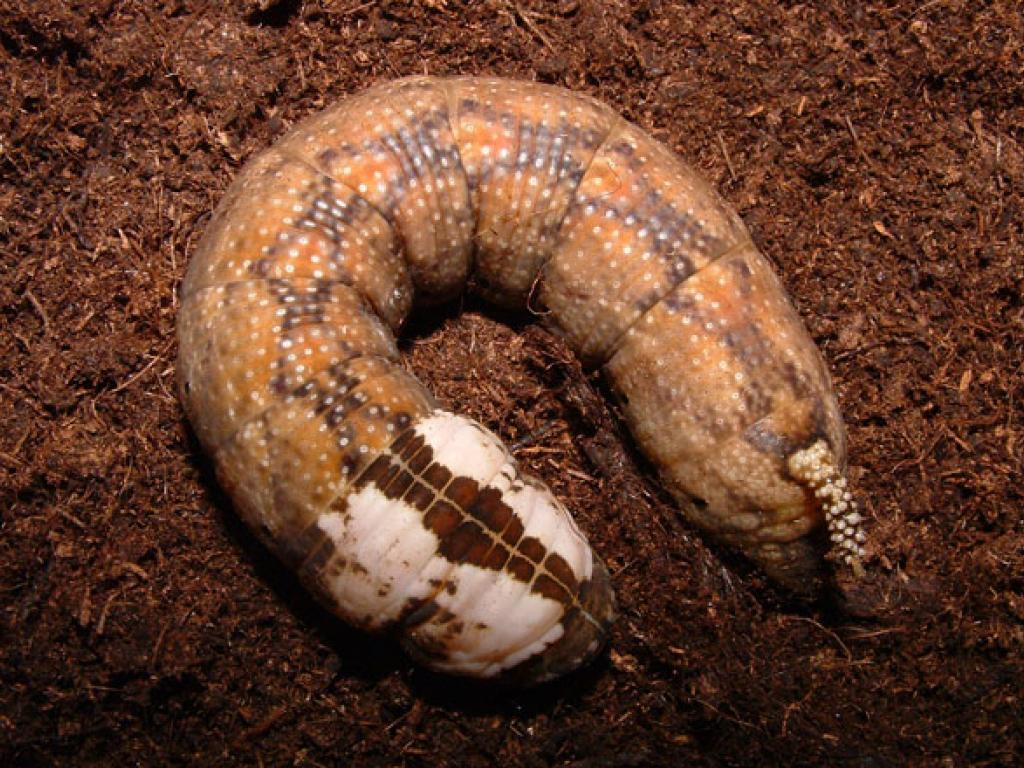
Death’s-head Hawk-moth
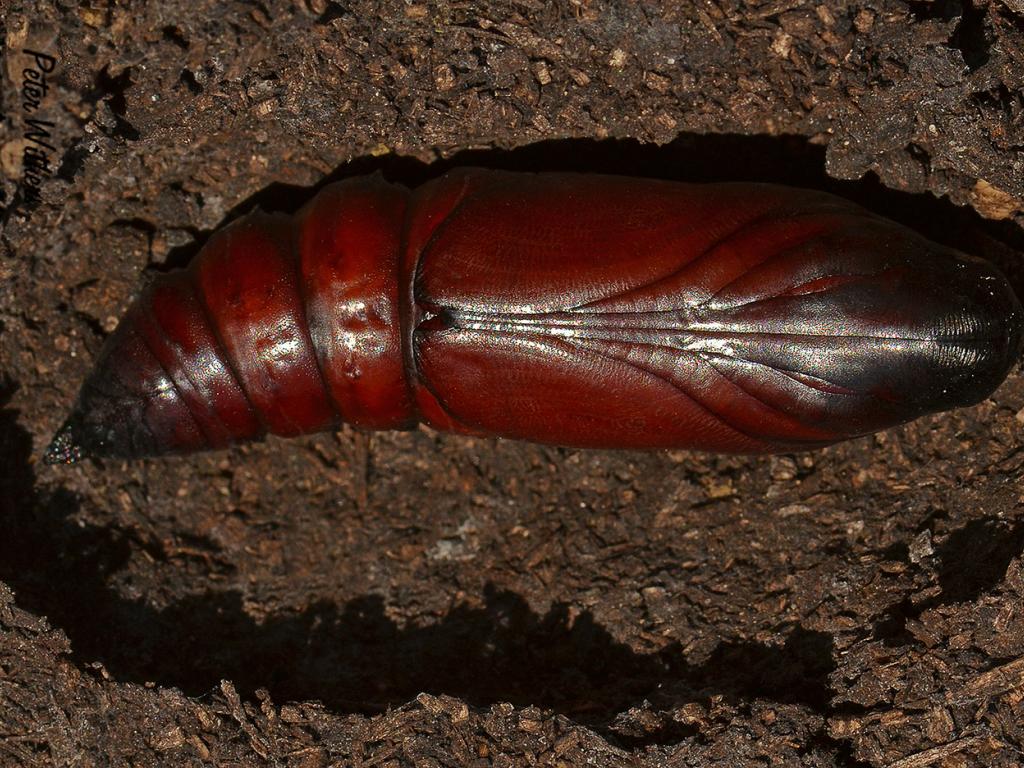
Death’s-head Hawk-moth (pupa) - Peter Withers
Death’s-head Hawk-moth (pupa)
Peter Withers

